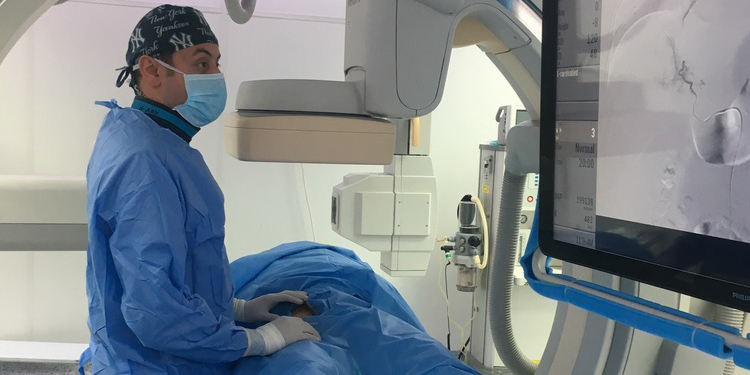
What is Portal Vein Thrombosis (PVT)?
Portal vein thrombosis is the formation of a blood clot within the portal vein, a major vessel that carries blood from the intestines to the liver. This condition can impede blood flow to the liver and lead to various complications.
Symptoms of Portal Vein Thrombosis (PVT):
- Abdominal pain, especially in the upper right side
- Nausea or vomiting
- Fever
- Enlarged spleen (splenomegaly)
- Ascites (fluid accumulation in the abdomen)
- Jaundice (yellowing of the skin and eyes)
Diagnosis of Portal Vein Thrombosis (PVT):
- Imaging Tests: Ultrasound, CT scan, or MRI to visualize the blood clot and assess the extent of thrombosis.
- Blood Tests: To check for abnormal clotting factors or underlying conditions.
- Endoscopy: In some cases, an endoscopy may be performed to check for varices or bleeding.
Causes of Portal Vein Thrombosis (PVT):
- Liver Cirrhosis: A common cause, as cirrhosis increases the risk of blood clot formation.
- Inflammatory Conditions: Infections or inflammatory disorders affecting the liver or nearby organs.
- Blood Disorders: Conditions that lead to abnormal clotting.
- Abdominal Infections: Infections in the abdomen can trigger clot formation.
- Abdominal Surgery or Trauma: Recent surgery or trauma in the abdominal area can contribute.
Treatment of Portal Vein Thrombosis (PVT):
- Anticoagulant Medications: To prevent the clot from growing and reduce the risk of new clots.
- Thrombolytic Therapy: In some cases, medications may be used to dissolve the clot.
- Portal Vein Angioplasty and Stenting: Procedures to open a narrowed or blocked portal vein.
- Surgery: In severe cases, surgery may be considered to remove or bypass the clot.
Management involves addressing the underlying cause, preventing further clot formation, and ongoing monitoring. For personalized care, book an appointment with Dr. Mohamed Hosni, ensuring a collaborative approach to your well-being. Schedule your consultation today.
